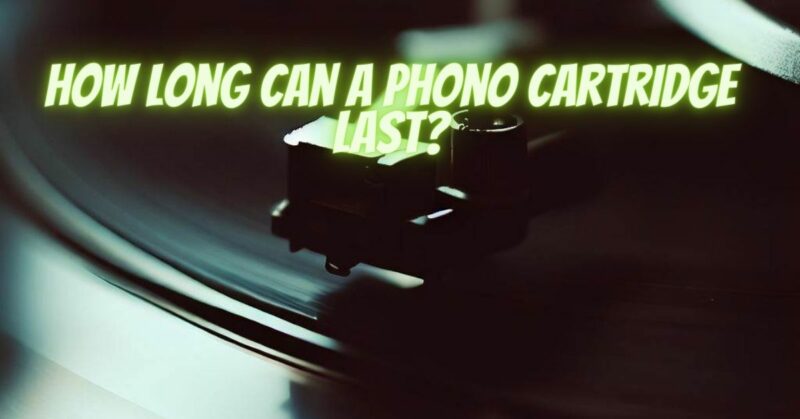Phono cartridges, essential components in vinyl playback systems, play a crucial role in translating the grooves of vinyl records into audible music. As enthusiasts delve into the world of analog sound, a common question arises: How long can a phono cartridge last? In this exploration, we discuss the factors influencing the lifespan of phono cartridges and offer insights into their maintenance to ensure prolonged sonic fidelity.
- The Basics of Phono Cartridges: A phono cartridge is a delicate and precision-engineered device responsible for translating the mechanical vibrations from a stylus tracking vinyl grooves into electrical signals. There are two main types of phono cartridges: moving magnet (MM) and moving coil (MC). Each type has its unique construction and sonic characteristics.
- Wear and Tear: The stylus, a small diamond-tipped needle on the cartridge, makes direct contact with the vinyl grooves during playback. Over time, this mechanical interaction leads to wear and tear on the stylus. The rate of wear depends on several factors, including the quality of the stylus, the materials used in its construction, and the frequency and intensity of use.
- Frequency of Use: The lifespan of a phono cartridge is closely linked to how frequently it is used. Cartridges used daily will naturally experience more wear than those used sporadically. However, even infrequently used cartridges are not immune to the effects of time, as the materials can degrade over extended periods.
- Quality of Materials: High-quality phono cartridges, constructed with precision and durable materials, generally have a longer lifespan. The stylus material, suspension system, and cantilever construction all contribute to the overall durability of the cartridge. Investing in a well-built cartridge from a reputable manufacturer can extend its operational life.
- Stylus Replacement: A key factor in extending the lifespan of a phono cartridge is the regular replacement of the stylus. Stylus replacement intervals vary but are typically recommended after 500 to 1,000 hours of use. Regularly changing the stylus helps preserve the integrity of the vinyl records and ensures optimal sound quality.
- Proper Setup and Alignment: Incorrect setup and alignment of the phono cartridge can accelerate wear and compromise performance. Ensuring proper installation, correct tracking force, and alignment are crucial steps in maintaining the health of the cartridge and preventing unnecessary wear.
- Environmental Factors: The environment in which the turntable and cartridge are situated can impact their lifespan. Exposure to dust, humidity, and extreme temperatures can affect the performance and longevity of a phono cartridge. Protecting the turntable setup from adverse conditions is essential for preserving the cartridge’s lifespan.
The lifespan of a phono cartridge is influenced by a combination of factors, including the quality of materials, frequency of use, and proper maintenance. While there is no fixed expiration date, attentive care, regular stylus replacement, and mindful use can significantly extend the lifespan of a phono cartridge. As vinyl enthusiasts embark on their sonic journeys, understanding the nuances of cartridge longevity ensures a continued appreciation for the warmth and authenticity of analog sound.


